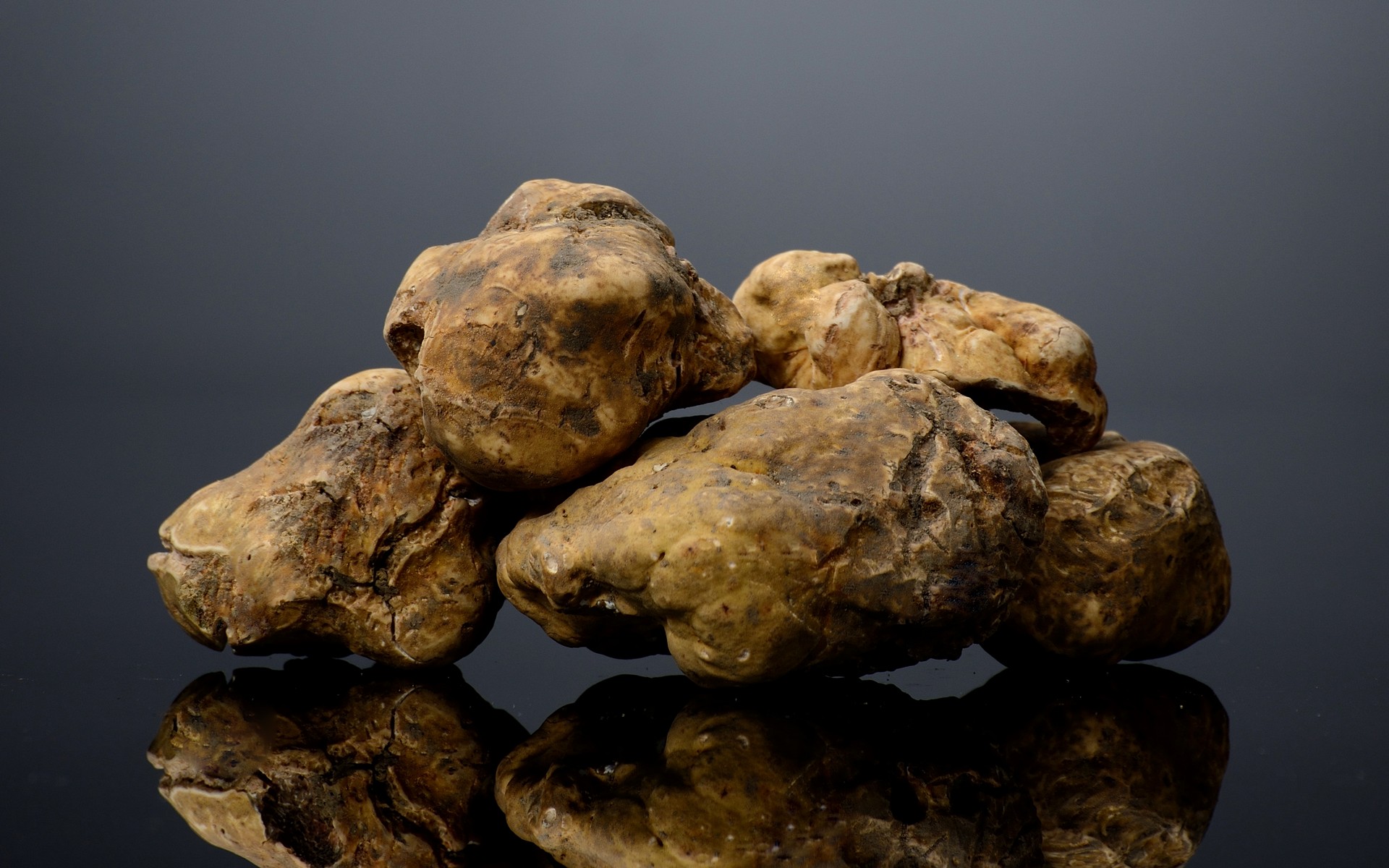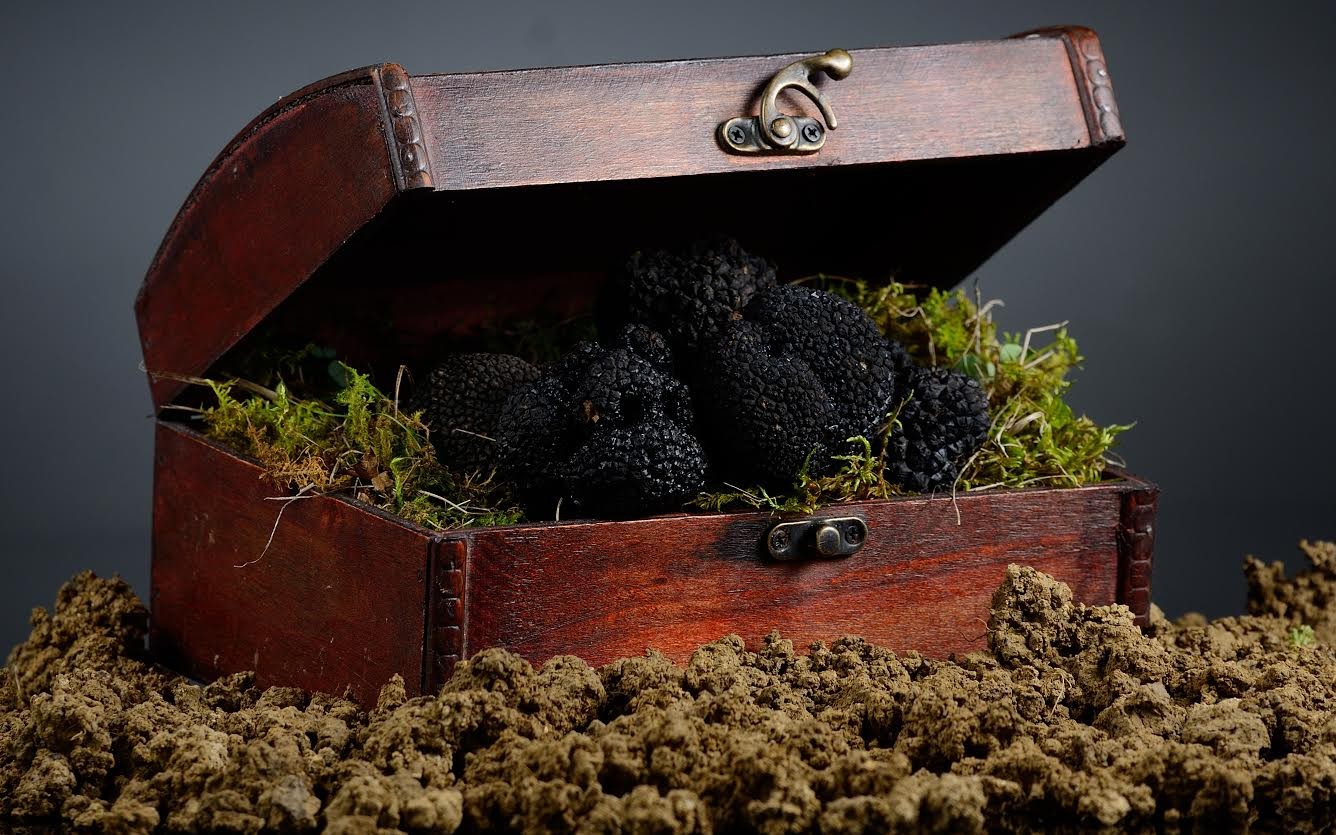Collection: Prodan Tartufi - Growing with nature
TRUFFLE
The best that Istrian soil has to give. Delicious, divine, rustic, the pinnacle of gastronomic experience. Nature’s wonder, incomparable and irreplaceable.
The truffle is a subterranean fungus, growing in a symbiosis on the roots of certain kinds of trees, most commonly the oak, beech and hazelnut. In order to preserve the natural cycle and habitat of truffles, the sites of this treasure need to be handled in a conscientious and responsible manner, enabling the unimpeded continuation of the mycorrhiza. The Mirna river valley is the largest location where the Istrian white truffle is found.
There are several types of truffles growing in Istria, among which the Istrian white truffle (Tuber magnatum pico) is by far the best known and most prized. It matures from September until January. This is also the best period to enjoy this premium gastronomic delicacy. In winter, one can also find the black truffle of the Tuber brumale variety, and if you want to enjoy truffles all year round, the Tuber aestivum black truffle is there for you to savor, as well as some of the numerous truffle products from our range.
Types of truffle

WHITE TRUFFLE
Lat. Tuber Magnatum Pico
The most highly valued among all types of truffles. During truffle season, this delicacy’s intense scent will draw any true truffle aficionado. It grows from September to January at 1 to 25 cm below ground and can be found at the roots of oak, beech and hazelnut trees. Its flesh is beige to ochre, interspersed with thin white veins. The white truffle is classified according to the weight of each piece, but whether you try just a small sample of a few grams or an extra-large specimen, the quality and aroma are always the same. It can also be eaten raw, without any thermal processing.

BLACK SUMMER TRUFFLE
Lat. Tuber aestivum
The black truffle that grows throughout summer until late fall is one of the most common black truffle types. It can be found at 1 to 10 cm below ground at the roots of hazelnut, poplar, oak, beech and pine trees. Its flesh is beige to light brown, interspersed with thin white veins. It has a milder, less intense aroma, but is still in high demand and adored by truffle lovers. It can be eaten raw or briefly cooked.
BLACK WINTER TRUFFLE
Lat. Tuber brumale
The most aroma-intensive tuber among black truffles has its season in winter, from September until January. Its flesh is dark brown, interspersed with thicker white veins. It can be found at 1 to 15 cm below ground at the roots of oak and hazelnut trees. It is recommended to cook it briefly before consumption.
PERIGORD BLACK TRUFFLE
Lat. Tuber melanosporum
The most highly valued among black truffles due to its distinctly intense flavor and aromatic scent. Its flesh is dark brown to black, interspersed with very thin white veins. It grows from January until spring at 1 – 20 cm below ground underneath hazelnut, oak and hop hornbeam trees. It is recommended to cook it briefly before consumption.








